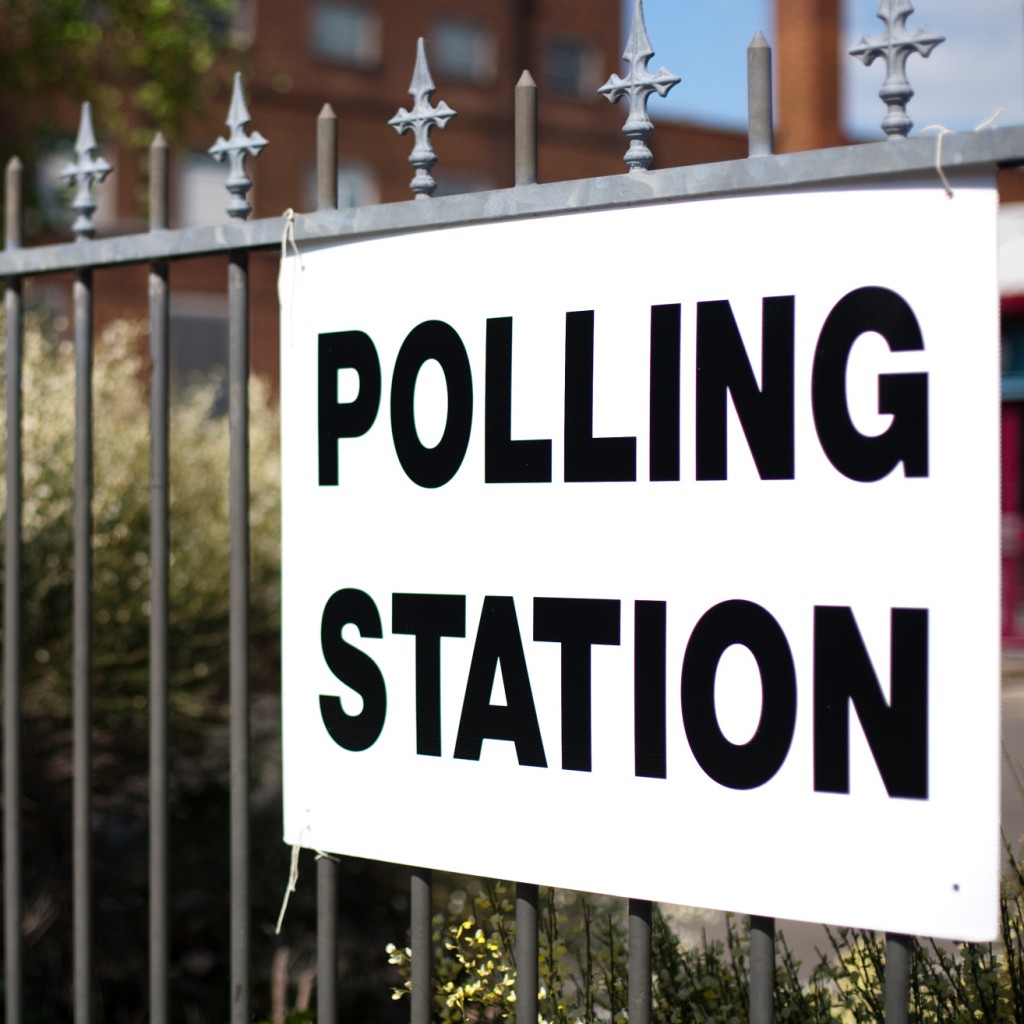This article, written by Stuart Wilks-Heeg, Professor of Politics in our Department of Politics, was originally published in The Conversation:
Thanks to political scientists Colin Rallings and Michael Thrasher, we now know how the 2019 election would have turned out if it had been contested using different constituency boundaries. Spoiler alert: the Conservatives would still have won – with a slightly larger majority.
Rallings and Thrasher have not been idly running simulations of the 2019 election just to pass the time, however. The boundary changes they were using are about to become reality for the next election, which means we can start to look at how the electoral map might change in 2024.
The new boundaries, prepared by the independent boundary commissions of England, Scotland, Wales and Northern Ireland, constitute the most radical redrawing of the UK’s electoral map for decades. Their impact will be felt almost everywhere, with only 65 of 650 constituencies remaining entirely unchanged geographically.
Some of the biggest changes will be in Wales, where 40 constituencies will be cut to 32. There will, meanwhile, be more constituencies in England. In some localities, a brutal game of musical chairs has been triggered as sitting MPs from the same party directly compete for selection as the candidate for a redrawn constituency.
The purpose of the changes has been to rebalance the map so that the number of entries on the electoral register in each constituency is as similar as possible. All but five of the 632 parliamentary constituencies in Great Britain are now required to have between 69,724 and 77,062 electors each. Exemptions were given to five island constituencies: Na h-Eileanan an Iar (the Western Isles), Orkney and Shetland in Scotland, Ynys Môn in Wales and two on the Isle of Wight, all of which are permitted to have fewer electors. A slightly wider band of electorate variation was also permitted for the 18 constituencies in Northern Ireland.
Why boundary changes are needed
Given the upheaval involved, it might seem easier to just leave constituency boundaries as they are. But regular boundary reviews really are necessary. The distribution of the UK population is not static. Ongoing population movement causes the electorates of some constituencies to grow and others to shrink. Left unchecked, huge disparities would arise in the number of electors represented by each individual MP in the House of Commons.
A failure to redraw boundaries regularly would also affect the operation of the electoral system, potentially introducing a source of relative bias towards any party performing disproportionately well in areas where populations are declining.
These changes are as long overdue as they are far-reaching. The same boundaries were used at four elections from 2010-2019, even though a full set of new constituencies had been mapped out in 2013 and again in 2018.
A key reason for the delay has been the radical nature of these previous schemes. Both would have levelled out constituencies by implementing a maximum 5% variation from the mean constituency electorate, but they also would have reduced the number of MPs sitting in the House of Commons from 650 to 600. Perhaps unsurprisingly, the volatile political conditions of 2010-19 proved less than ideal for getting MPs to agree on how to implement a reduction in their number.
The two failed attempts to get changed constituency maps through parliament prompted a new approach by government. The plan to reduce the number of MPs was dropped, as was the role of parliament in approving the final recommendations of the boundary commissions. What remained was the need for constituency electorates to be equalised, which has been achieved in the latest review.
What happens in 2024?
Rallings and Thrasher’s re-run of the 2019 election provides an indication of the extent to which the new boundaries rebalance the scales. The counter-factual scores on the doors show there would have been an additional seven Conservative MPs overall. Labour, the Liberal Democrats and Plaid Cymru would have had seven fewer MPs between them.
Meanwhile, Labour candidates would have finished a more distant second in numerous marginals. This all indicates that, under the new boundaries, Labour’s path to a majority in 2024 is slightly harder than it would have been previously.
However, when absorbing these details, some perspective is needed. That new boundaries would, all things being equal, slightly advantage the Conservatives does not make up for the enormous shifts in party support since December 2019. The marginal gains the Conservatives might enjoy from the boundary reviews are dwarfed by the scale of the changes indicated by current polling.
Nor should any of this be taken as evidence of gerrymandering – the practice of drawing electoral maps in a way that would be politically advantageous to one party. The UK’s boundary commissions are fully independent. They alone determine where to draw the lines on electoral maps.
Boundary changes aren’t all about political parties. They matter to voters too, even if only in relation to where they live. A modest move of the boundary commissioner’s mouse might relocate your home from one constituency to another. Try to embrace your new electoral experience – it’s all in the service of democracy.
This article is republished from The Conversation under a Creative Commons license. Read the original article.
